
17 September 1976. Enterprise (OV-101), the prototype Space Shuttle Orbital Vehicle, was rolled out at the Rockwell International plant at Palmdale, California.
© 2016, Bryan R. Swopes
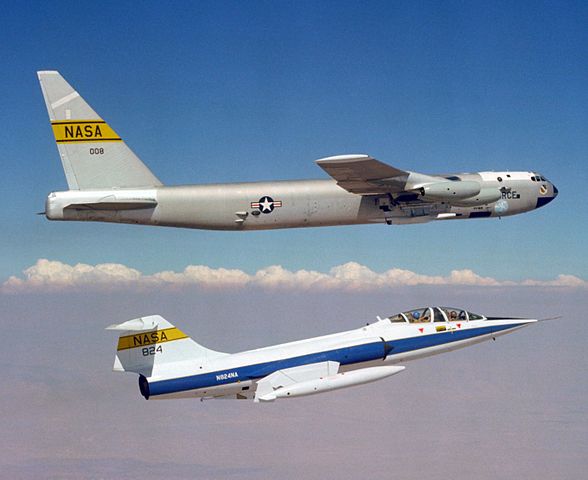
16 September 1999: 44 years, 3 months and 6 days after its very first flight, NASA’s airborne launch aircraft, or “mothership,” Balls 8, completed its 1,000th flight.
Balls 8, so-called because of the double zeros in it U.S. Air Force serial number, 52-008, is a Boeing NB-52, modified as a drop ship from its original configuration as an RB-52B-10-BO Stratofortress reconnaissance bomber assigned to the Strategic Air Command. It made its first flight 11 June 1955 and was reassigned from SAC to Edwards Air Force Base to support NASA flight testing operations, 8 June 1959. Balls 8 served NASA until 17 December 2004, when it was replaced by a newer NB-52H Stratofortress.
52-008 was altered at the North American Aviation facility at Air Force Plant 42, Palmdale, California. A pylon was mounted under the bomber’s right wing. A large notch was cut into the trailing edge of the inboard flap for the X-15’s vertical fin. A 1,500 gallon (5,678 liter) liquid oxygen tank was installed in the bomb bay. A station for a launch operator was installed on the upper deck of the B-52 at the former electronic countermeasures position. A series of control panels allowed the panel operator to monitor the X-15’s systems, provide electrical power, and to keep the rocketplane’s liquid oxygen tank full as the LOX boiled off during the climb to launch altitude. The operator could see the X-15 through a plexiglas dome, and there were two television monitors.
The NB-52B was used during the X-15 Program and carried the three hypersonic research aircraft aloft on 159 of their 199 flights. (NB-52A 52-003, The High and Mighty One, made the other 40 launches.) It has also been used to carry the X-24 and HiMat lifting body research aircraft and to launch Pegasus research rockets.
At the time of its retirement, Balls 8 was the oldest B-52 in service, and also the lowest time B-52. It is on display near the north gate at Edwards Air Force Base.
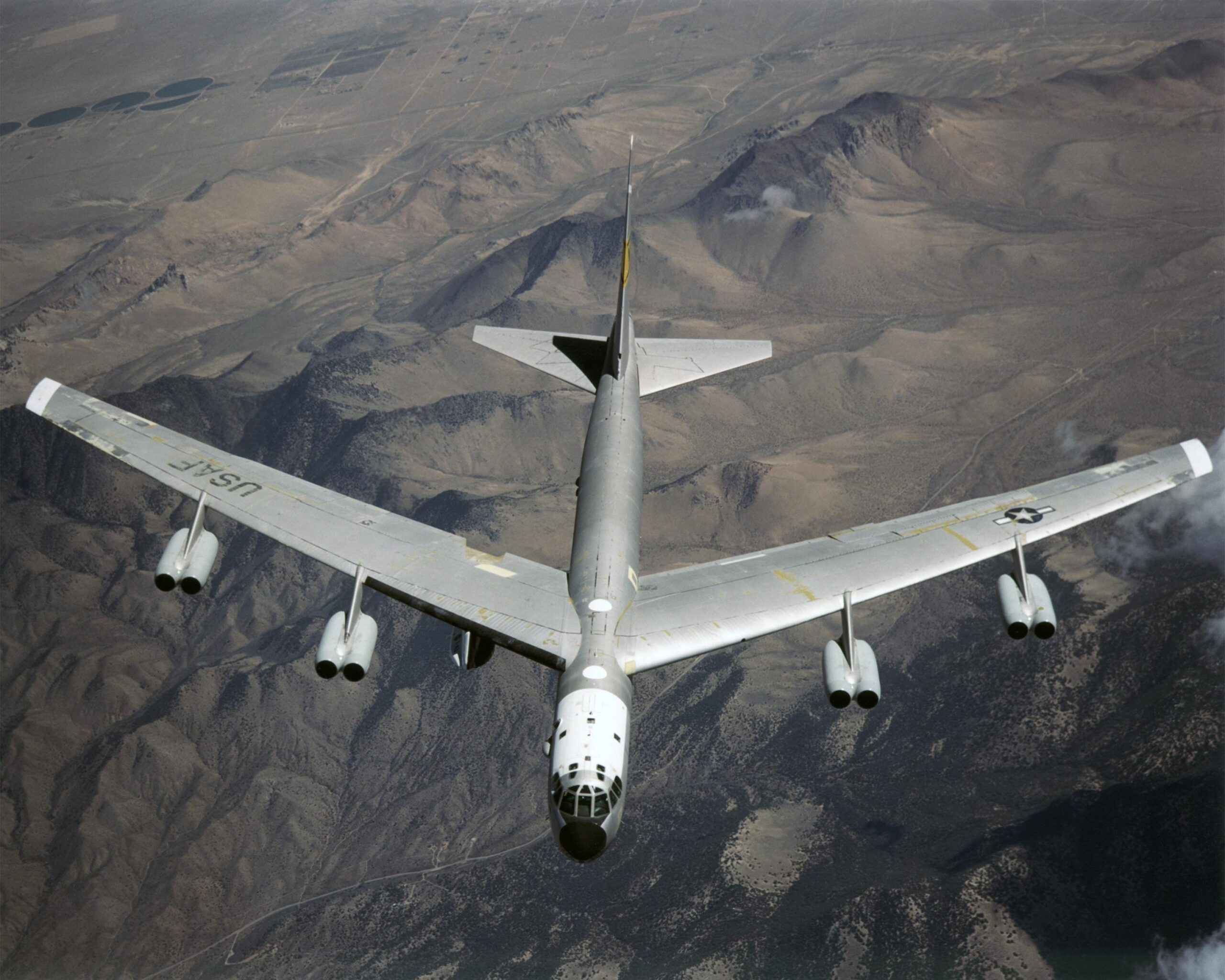
Of the 744 B-52 Stratofortresses built by Boeing, 50 were B-52Bs and 27 of these were RB-52B reconnaissance bombers.
The airplane was 156 feet, 6.9 inches (47.724 meters) long with a wingspan of 185 feet, 0 inches (56.388 meters) and overall height of 48 feet, 3.6 inches (14.722 meters). The wings were mounted high on the fuselage (“shoulder-mounted”) to provide clearance for the engines which were suspended on pylons. The wings’ leading edges were swept 35°. The bomber’s empty weight was 164,081 pounds (74,226 kilograms), with a combat weight of 272,000 pounds (123,377 kilograms) and a maximum takeoff weight of 420,000 pounds (190,509 kilograms).
Early production B-52Bs were powered by eight Pratt & Whitney J57-P-1W turbojet engines, while later aircraft were equipped with J57-P-19W and J57-P-29W or WA turbojets. The engines were grouped in two-engine pods on four under-wing pylons. The J57 was a two-spool, axial-flow engine with a 16-stage compressor section (9 low- and 7-high-pressure stages) and a 3-stage turbine section (1 high- and 2 low-pressure stages). These engines were rated at 10,500 pounds of thrust (46.71 kilonewtons), each, or 12,100 pounds (53.82 kilonewtons) with water injection.
The B-52B/RB-52B had a cruise speed of 523 miles per hour (842 kilometers per hour). The maximum speed varied with altitude: 630 miles per hour (1,014 kilometers per hour) at 19,800 feet (6,035 meters), 598 miles per hour (962 kilometers per hour) at 35,000 feet (10,668 meters) and 571 miles per hour (919 kilometers per hour) at 45,750 feet (13,945 meters). The service ceiling at combat weight was 47,300 feet (14,417 meters).
Maximum ferry range was 7,343 miles (11,817 kilometers). With a 10,000 pound (4,536 kilogram) bomb load, the B-52B had a combat radius of 3,590 miles (5,778 kilometers). With inflight refueling, the range was essentially world-wide.
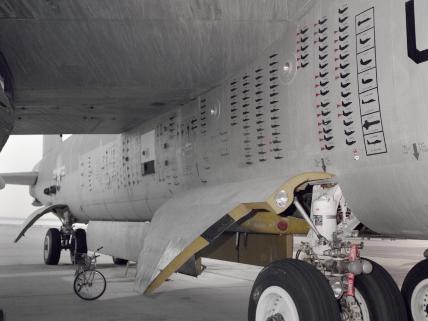
Defensive armament consisted of four Browning Aircraft Machine Guns, Caliber .50, AN-M3, mounted in a tail turret with 600 rounds of ammunition per gun. These guns had a combined rate of fire in excess of 4,000 rounds per minute. (Eighteen RB-52Bs were equipped with two M24A1 20 mm autocannon in the tail turret in place of the standard four .50-caliber machine guns.)
The B-52B’s maximum bomb load was 43,000 pounds (19,505 kilograms). It could carry a 15-megaton Mark 17 thermonuclear bomb, or two Mark 15s, each with a maximum yield of 3.8 megatons.
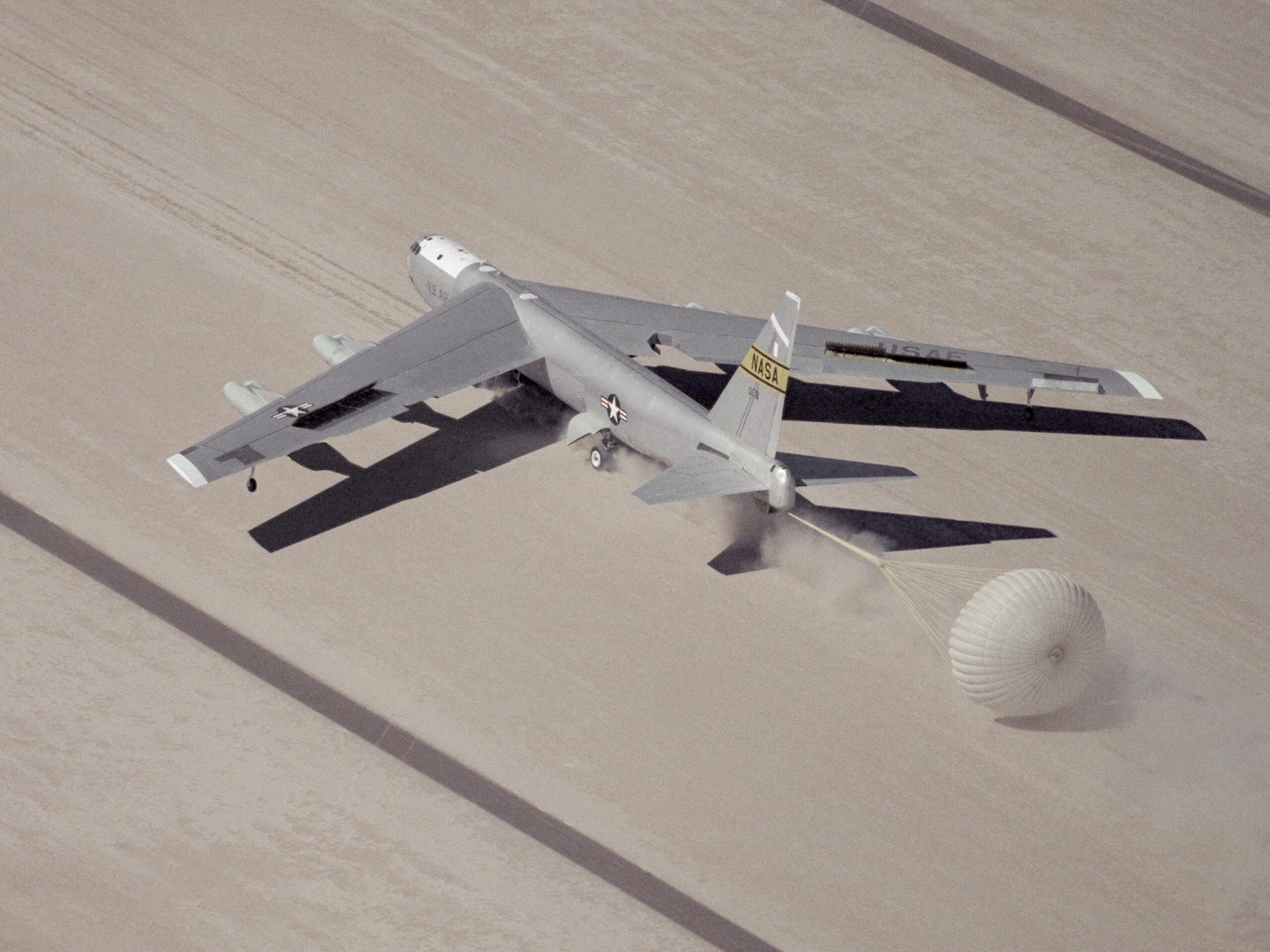
© 2017, Bryan R. Swopes
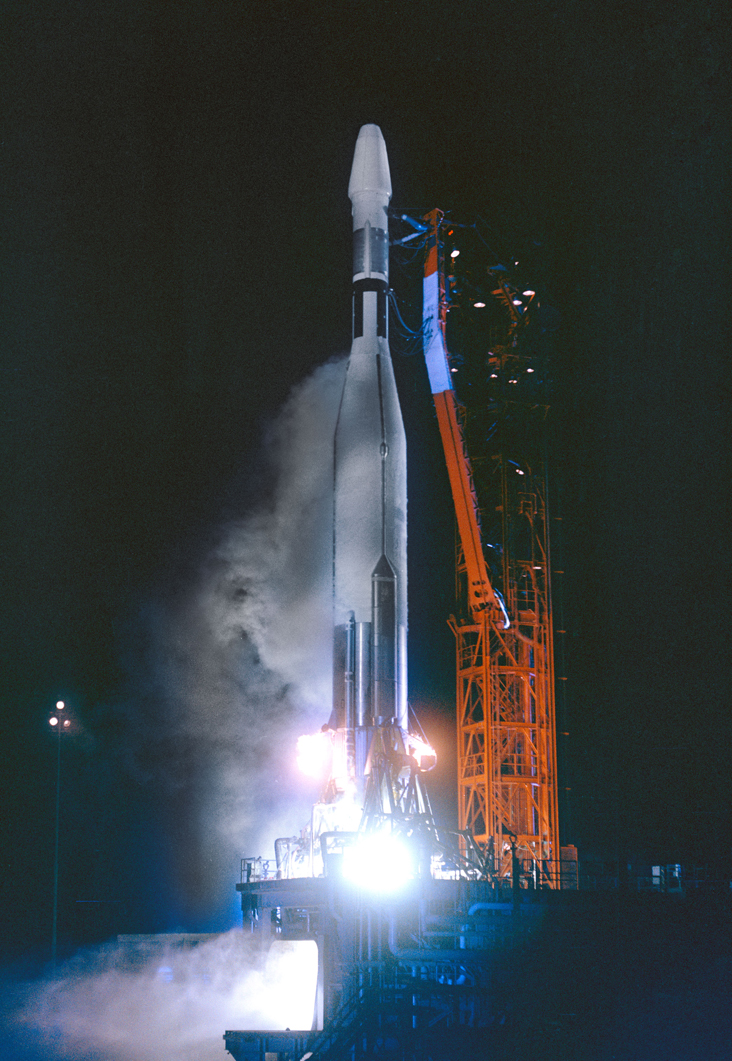
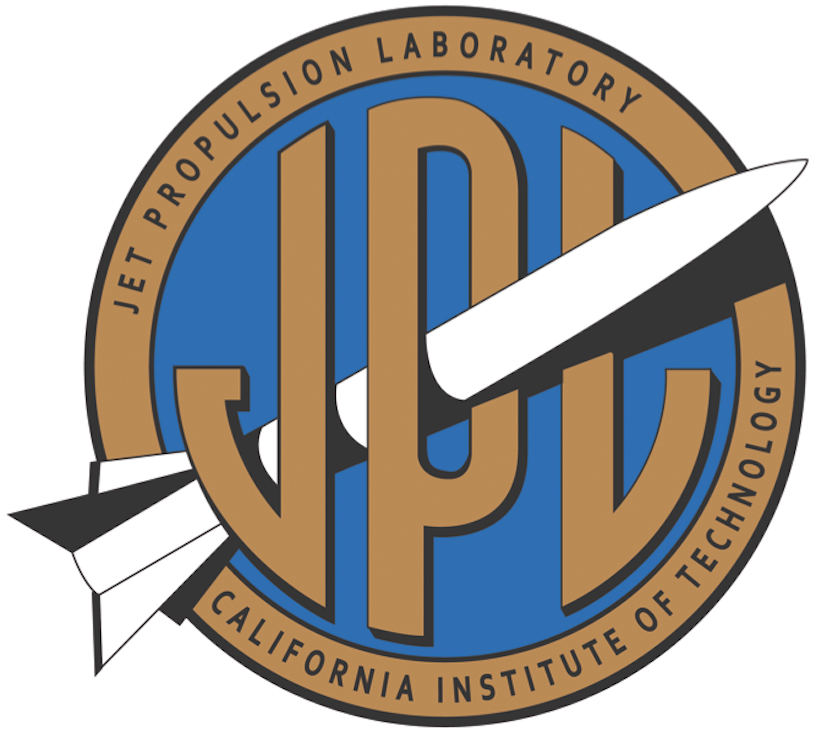 27 August 1962: At 06:53:14 UTC (2:53 a.m., Eastern Daylight Time), Mariner 2 lifted off from Launch Complex 12 at Cape Canaveral Air Force Station, Florida, aboard an Atlas-Agena B launch vehicle. This was the second space probe to be sent to Venus.
27 August 1962: At 06:53:14 UTC (2:53 a.m., Eastern Daylight Time), Mariner 2 lifted off from Launch Complex 12 at Cape Canaveral Air Force Station, Florida, aboard an Atlas-Agena B launch vehicle. This was the second space probe to be sent to Venus.
Mariner 1 and 2 were identical space probes built by the Jet Propulsion Laboratory (JPL) of the California Institute of Technology (Caltech), Pasadena, California. The spacecraft were designed to obtain radiometric temperatures of Venus, and to measure the Interplanetary Magnetic Field.
The Mariner 1 mission failed when the launch vehicle veered off course and was destroyed by the Range Safety Officer, 4 minutes, 53 seconds into its flight, 22 July 1962.
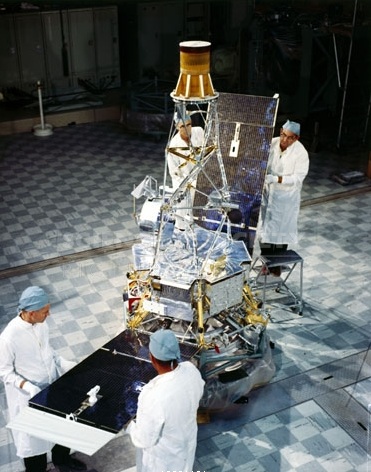
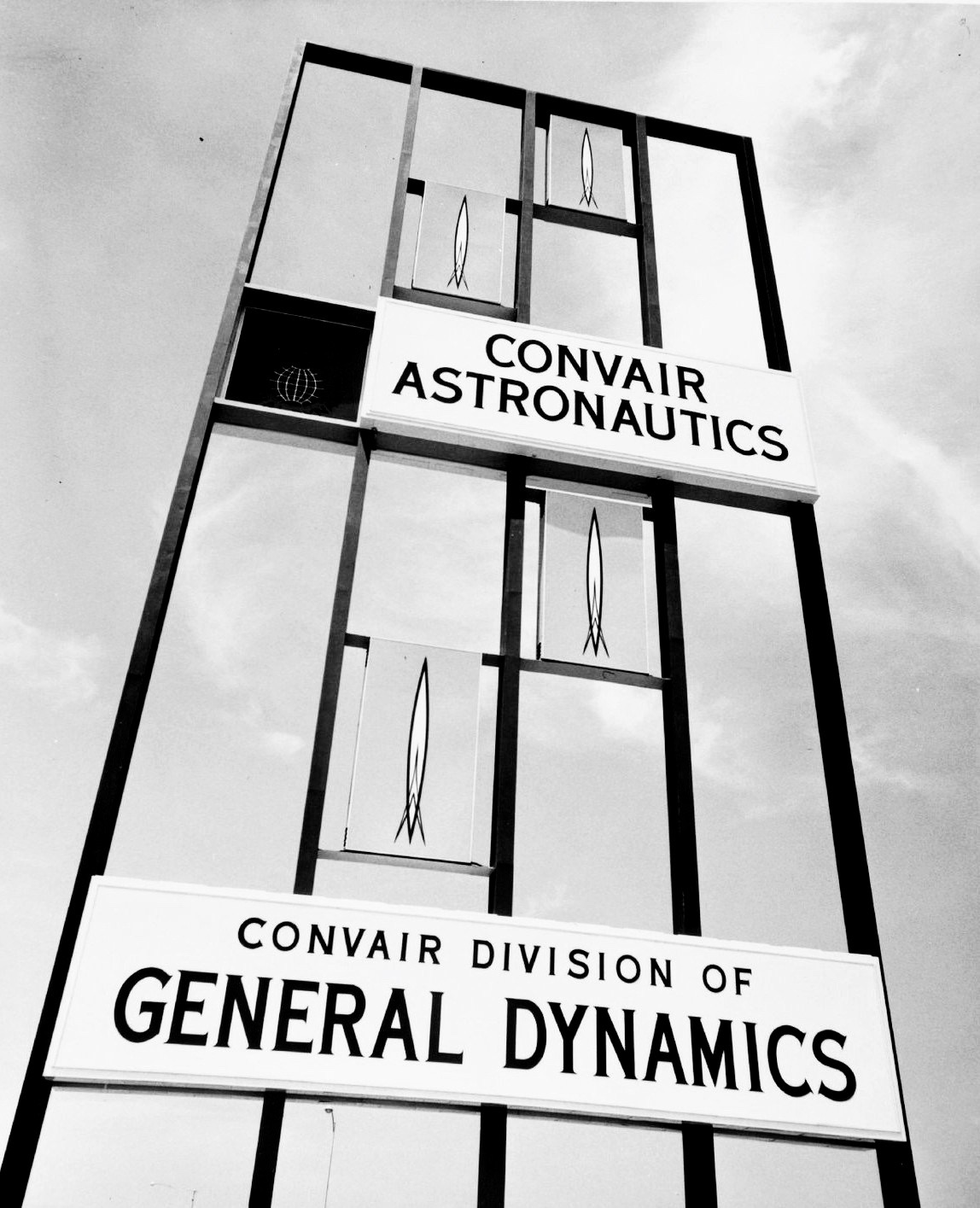 The Atlas Agena B combined an Atlas LV-3A rocket with an Agena B upper stage. The Atlas was derived from the U.S. Air Force SM-65 Atlas intercontinental ballistic missile (ICBM), and was built by the Convair Division of General Dynamics at San Diego, California.
The Atlas Agena B combined an Atlas LV-3A rocket with an Agena B upper stage. The Atlas was derived from the U.S. Air Force SM-65 Atlas intercontinental ballistic missile (ICBM), and was built by the Convair Division of General Dynamics at San Diego, California.
The height of the total vehicle, including the protective shroud encasing Mariner, 103 feet, 5 inches (31.70 meters). The Atlas Agena B first stage was 20.70 meters (67 feet, 11 inches) long, with a maximum diameter of 3.05 meters (10 feet). The maximum width across the booster section was 4.88 meters (16 feet).
The LV-3A is a “1-½ stage” liquid-fueled rocket with three engines. The “half-stage,” was a booster section consisting of two LR89-NA-5 rocket engines. This stage produced approximately 369,800 pounds of thrust (1,645 kilonewtons). The center, or “sustainer,” engine is a LR105-NA-5, rated at 86,800 pounds of thrust (386 kilonewtons). Both engines were built by the Rocketdyne Division of North American Aviation, Inc., at Canoga Park, California. The Atlas rocket used liquid oxygen and RP-1 (a highly-refined kerosene) propellant. The LV-3A had a total thrust of 456,587 pounds (2,031 kilonewtons).
![]() The second stage was an Agena B, built by Lockheed Missiles and Space Systems, Sunnyvale, California. This engine was capable of being restarted in orbit. The Agena B was 7.20 meters (23 feet, 7 inches) long and had a maximum diameter of 1.50 meters (4 feet, 11 inches). It was also liquid fueled, but used a hypergolic mixture of nitric acid and UDMH. The single engine was a Bell Aerosystems Company LR81-BA-7, with 16,000 pounds of thrust (71.1 kilonewtons).
The second stage was an Agena B, built by Lockheed Missiles and Space Systems, Sunnyvale, California. This engine was capable of being restarted in orbit. The Agena B was 7.20 meters (23 feet, 7 inches) long and had a maximum diameter of 1.50 meters (4 feet, 11 inches). It was also liquid fueled, but used a hypergolic mixture of nitric acid and UDMH. The single engine was a Bell Aerosystems Company LR81-BA-7, with 16,000 pounds of thrust (71.1 kilonewtons).
The Mariner probe was mounted atop the Agena second stage, enclosed in a protective shroud. Mariner had a gross weight of 447 pounds (202.8 kilograms). The probe was 9 feet, 11 inches long (3.02 meters) long, folded for launch, and 5 feet (1.52 meters) wide. When antennas and the solar panels were fully expanded, the spacecraft was 11 feet, 11 inches (3.63 meters) long and had a span of 16 feet, 6 inches (5.03 meters).
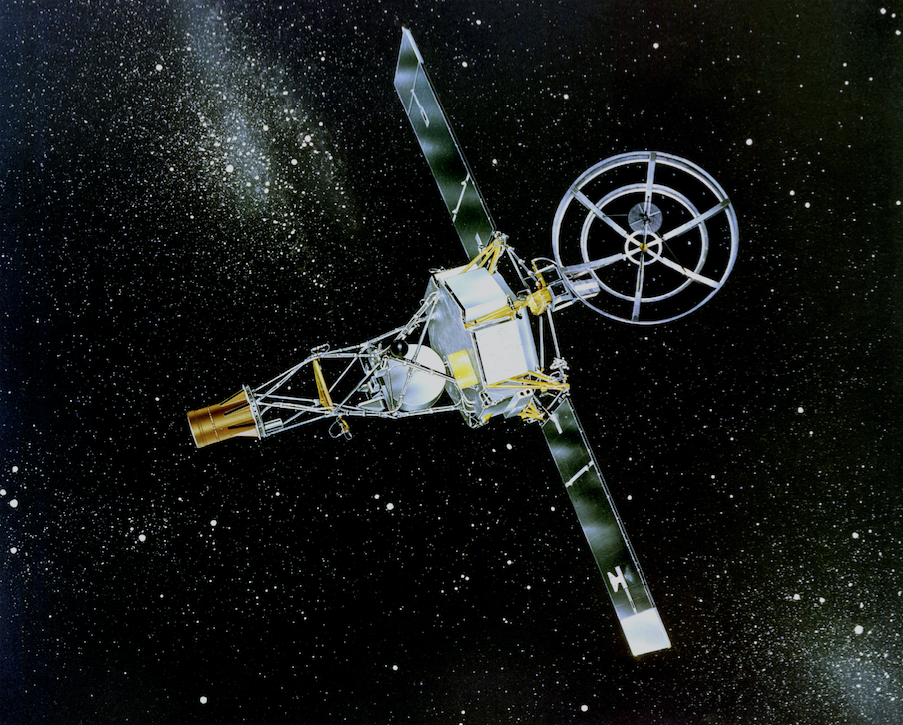
At liftoff, all three main engines were burning. After 2minutes, the two-engine booster assembly was jettisoned and the vehicle continued with the center LR105 sustainer. After 4 minutes, 25 seconds, this engine shut down and the Agena second stage separated. At this point, guidance was lost and the vehicle began to roll, but did not deviate significantly from the planned trajectory. About a minute later, guidance was restored and the mission continued.
The Agena B second stage placed the Mariner in a parking orbit at about 118 kilometers (73.3 miles) altitude. 16 minutes, 20 seconds later, the Agena engine was reignited and Mariner 2 was then placed on a trajectory planned to take it to Venus.
After 3 months, 17 days, at 19:59:28 UTC, 14 December 1962, the probe passed within 34,773 kilometers (21,607 miles) of Venus and measured the planet’s surface and cloud temperatures. It continued inward across the solar system and came within 105,464,560 kilometers (65,432,640 miles) of the sun.
The last transmission was received at 07:00 UTC, 3 January 1963, 129 days into the mission. Mariner 2 remains in orbit around the sun, circling every 292 days.
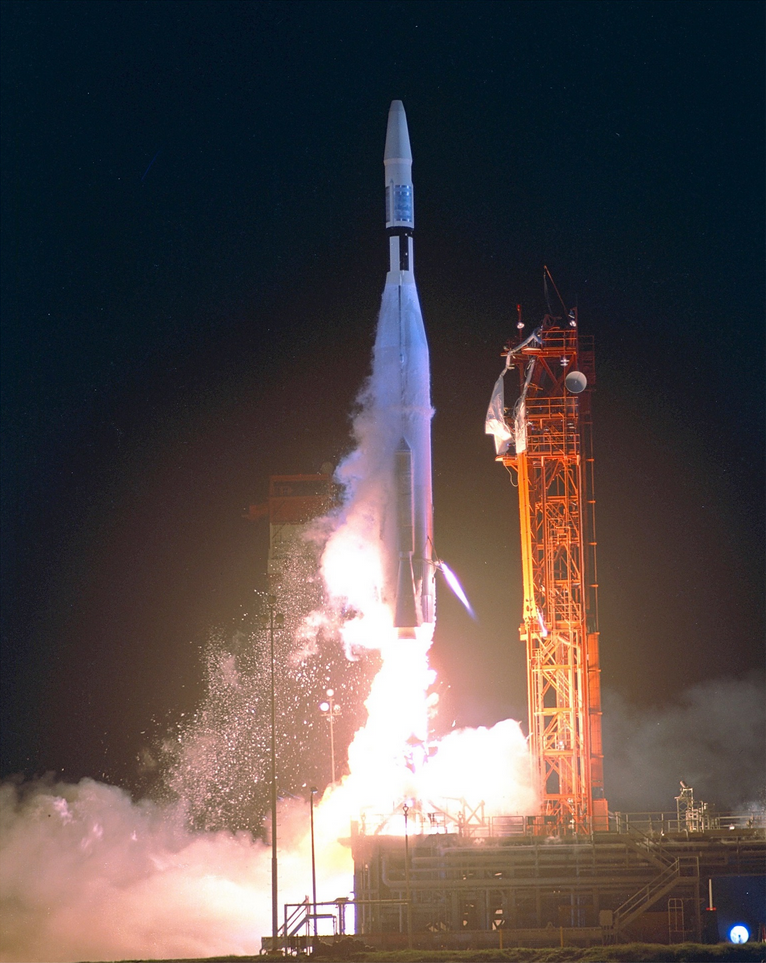
© 2018, Bryan R. Swopes
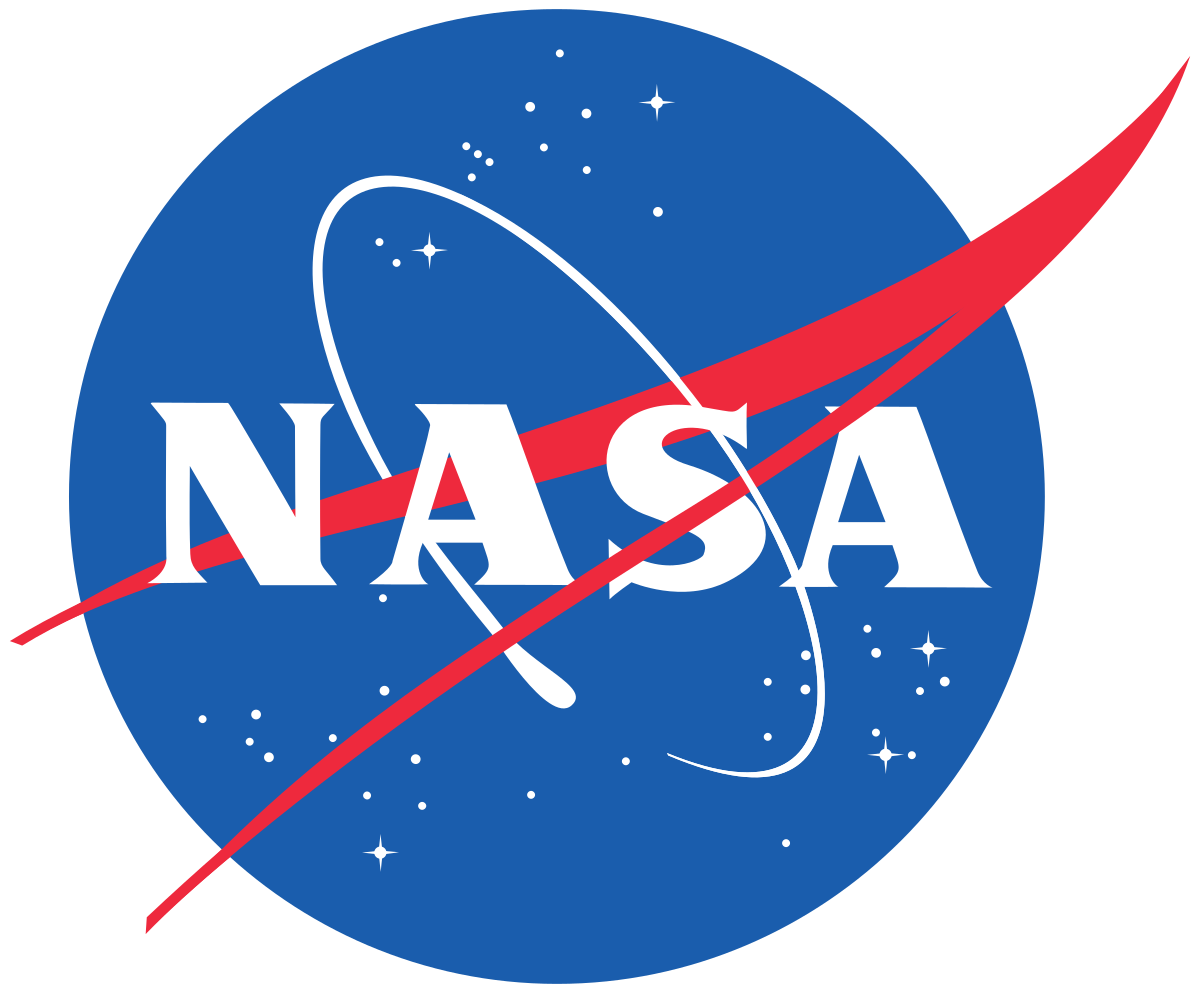 29 July 1958: Dwight David Eisenhower, Thirty-fourth President of the United States of America, signed Public Law #85-568 (72 Stat. 426), the National Aeronautics and Space Act of 1958, which established the National Aeronautics and Space Administration (NASA).
29 July 1958: Dwight David Eisenhower, Thirty-fourth President of the United States of America, signed Public Law #85-568 (72 Stat. 426), the National Aeronautics and Space Act of 1958, which established the National Aeronautics and Space Administration (NASA).
Congress declared a requirement for aeronautics and space research, and
…that it is the policy of the United States that activities in space should be devoted to peaceful purposes for the benefit of all mankind.
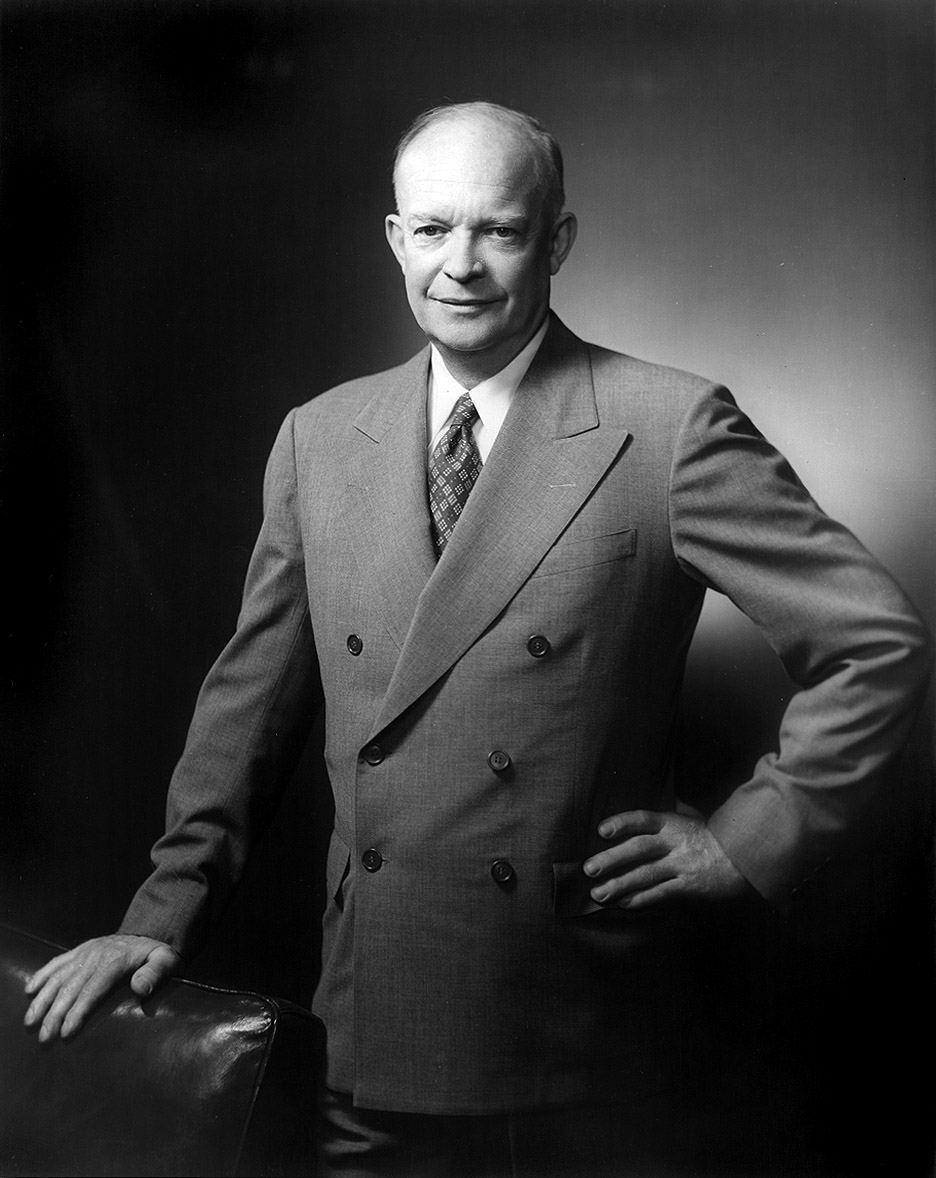
President Eisenhower had proposed civilian National Aeronautics and Space Agency to Congress in a letter sent 2 April 1958. The Bill passed on 16 July.
© 2019, Bryan R. Swopes